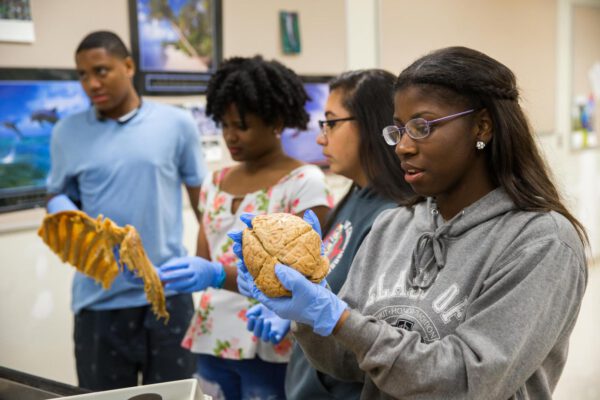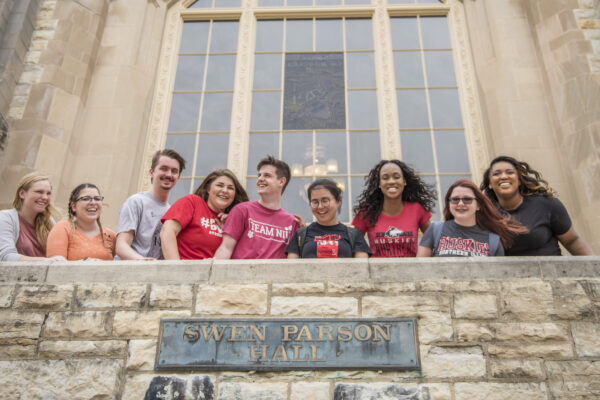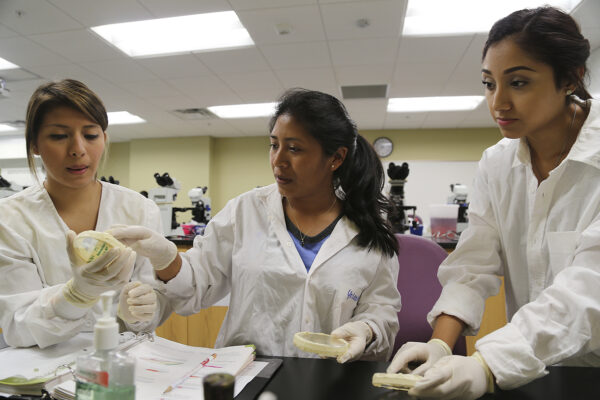Closing Persistence Gaps for Part-time Students
Title: Building on Completion Gains: Amplifying Progress and Closing Persistent Gaps
Source: Complete College America
Today’s college students have become increasingly fluid, entering and exiting college often due to work, caregiving, or financial constraints. This often leads to students pursuing college part-time, which affects their persistence and completion rates.
At the intersections of age, race, and enrollment are students who face multiple barriers to earning a credential or degree. These can include credit transfer issues, insufficient course credit per semester, prerequisite courses and remediation pathways that do not count toward credit, and not receiving credit for prior learning.
Students aged 25 and above or who identify as Black, Indigenous, or Latino are more likely to pursue college part-time and are disproportionally affected by inequitable institutional policies. In its new report on closing persistence gaps,Complete College America highlights the following statistics:
- At four-year institutions, 21 percent of students who attend part-time graduate in six years. At two-year institutions, 19 percent of students who attend part-time achieve their credentials in the same time frame.
- Among part-time attendees, 37 percent of students are ages 25 and older, and more than two out of every five students identify as Black, Indigenous, or a person of color.
- By race, the largest disparities between enrollment and completion are among Black and Latino students. Nearly four out of every five Black students attend part-time (at least one semester), and 24 percent complete a credential in six years. Among Latino students, 83 percent attend part-time (at least one semester), with only 31 percent completing a credential six years.
Complete College America has developed a framework to aid in closing persistence gaps that centers purpose, structure, momentum, and support. The organization recommends the following strategies for institutions and policymakers:
- Developing improved pathways between academic programs and students’ career goals.
- Encouraging students to select majors or meta majors to guide course selection for efficient academic planning.
- Implementing multiple-semester registration so students can plan their schedules better.
- Using multiple measures beyond exams to place students in introductory courses (e.g. math courses).
- Partnering with local high schools to develop more dual enrollment opportunities.
- Making 15 credit hours the semester default for student course loads.
- Providing better wraparound services and proactive academic support, like early alert systems and supplemental instruction.
- Instituting financial incentives and assistance with other basic needs (e.g., food, housing, transportation, technology, and books).
To learn about additional strategies and statistics, read the full report here.
—Tabatha Cruz
If you have any questions or comments about this blog post, please contact us.


